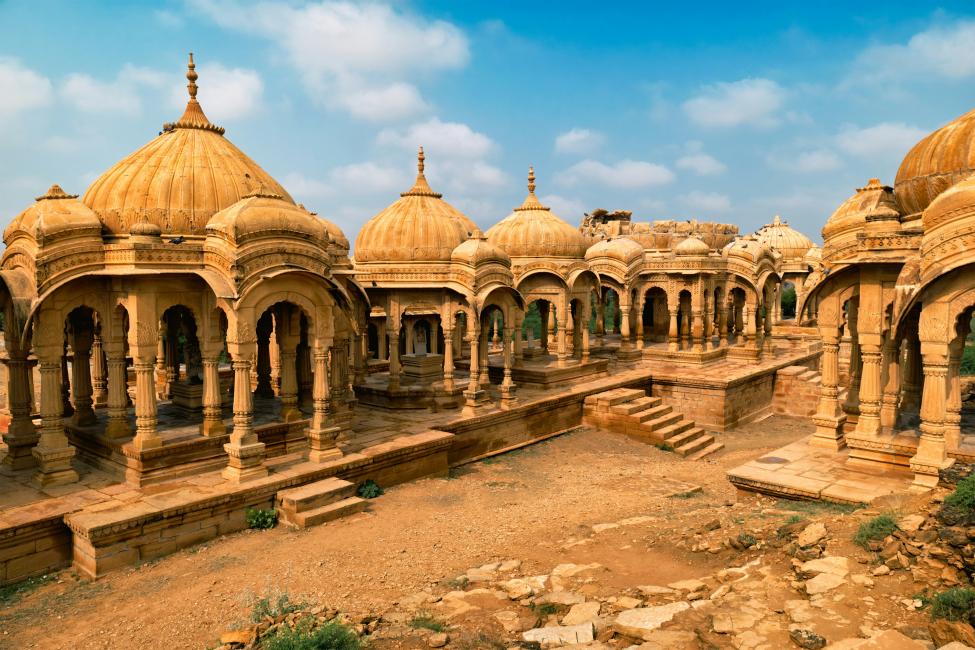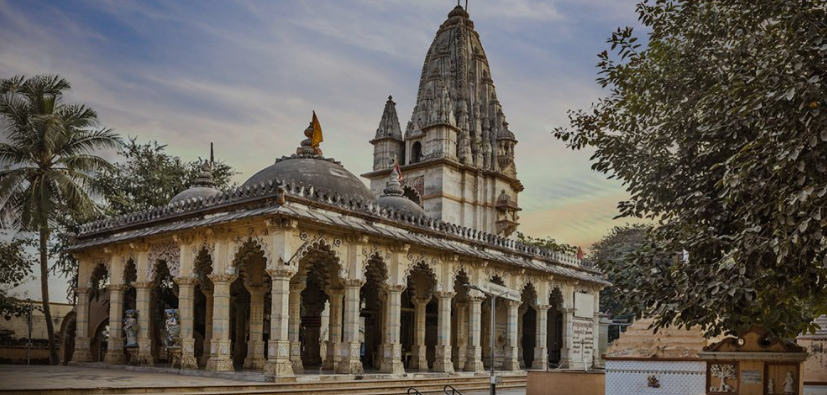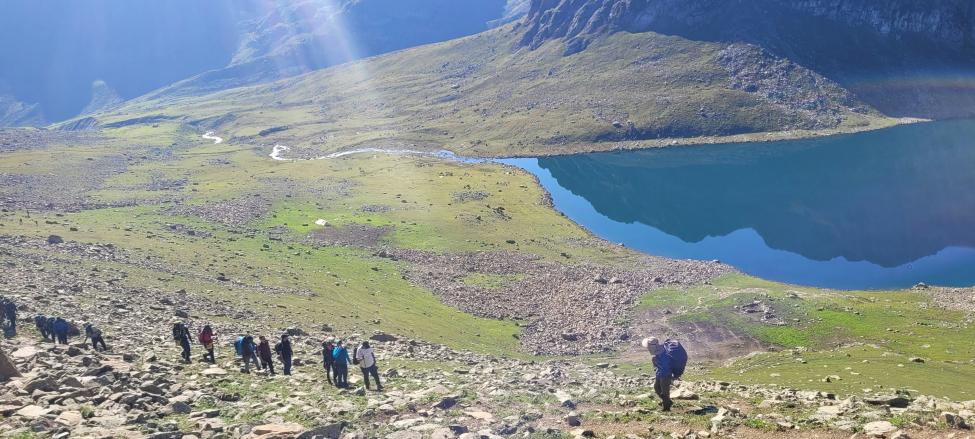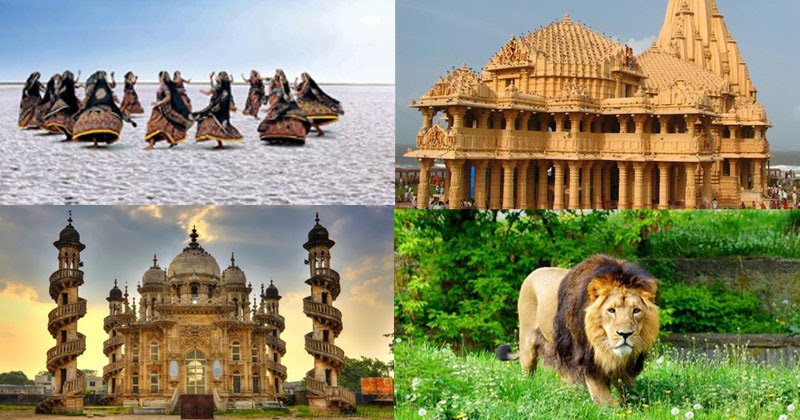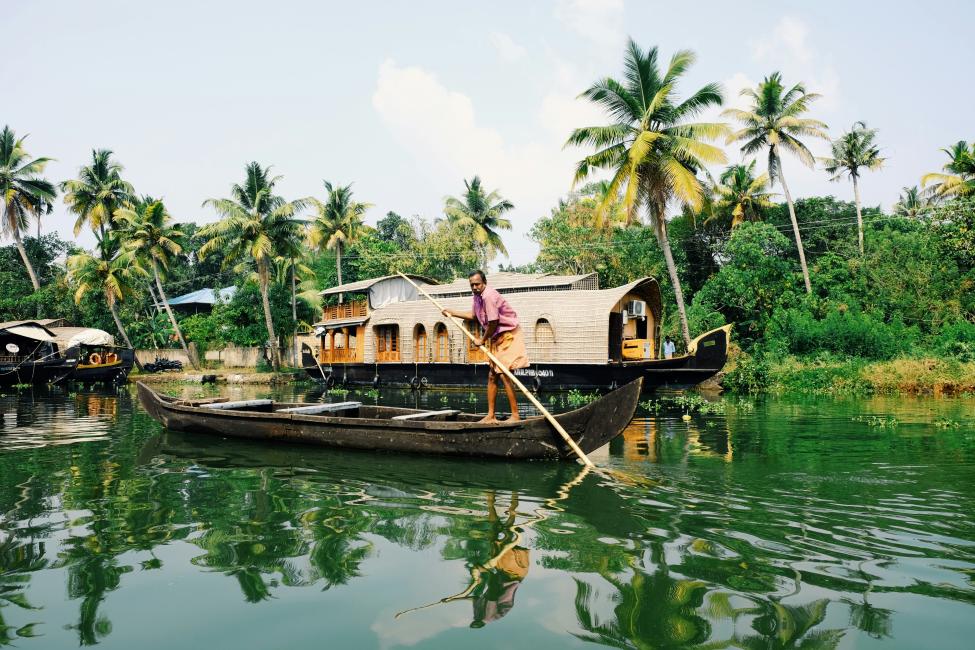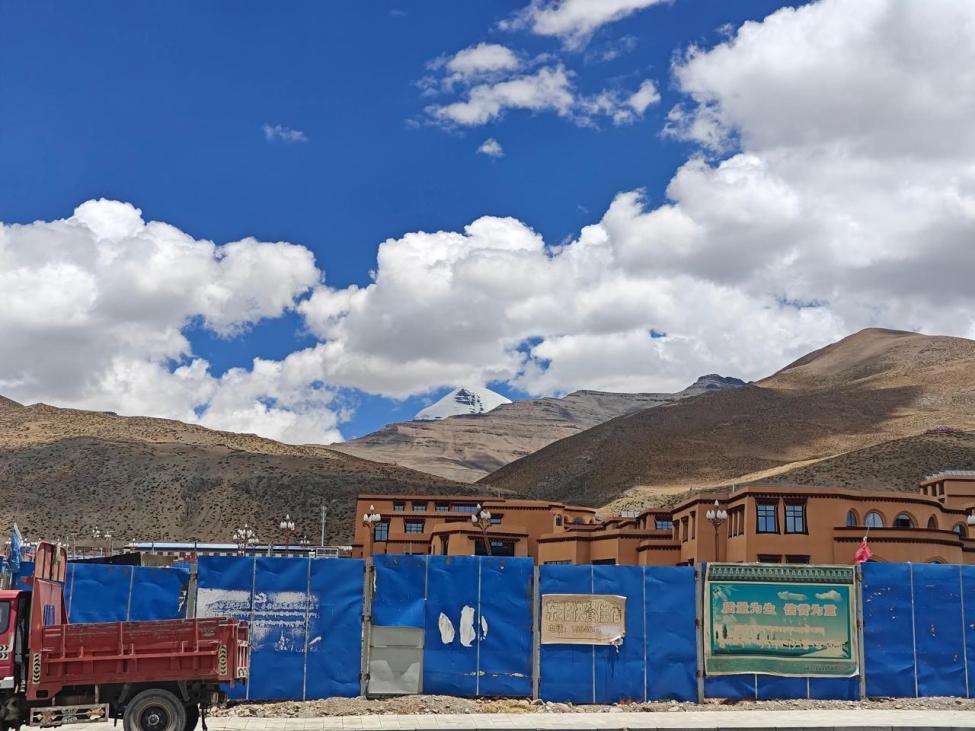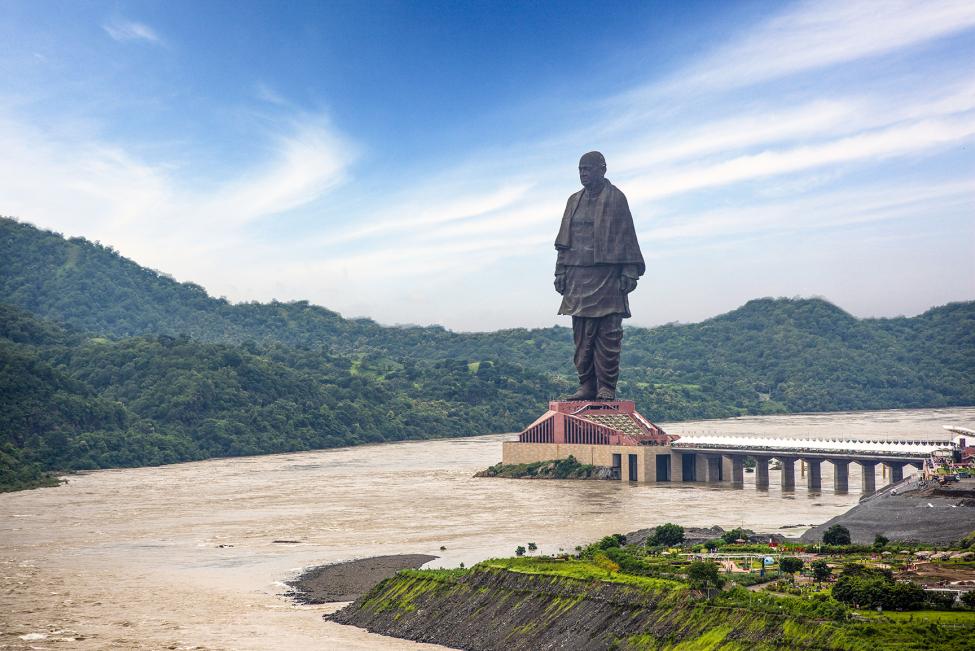 Somnath Temple, Gujarat
Somnath Temple, Gujarat
Somnath Jyotirlinga - The First Jyotirlinga of Lord Shiva in Gujarat
Somnath Jyotirlinga, located in Prabhas Patan, Gujarat, is the first among the 12 Jyotirlingas of Lord Shiva. Known as the “Eternal Shrine,” it holds immense historical and spiritual significance. According to legend, it is where Lord Shiva healed the Moon God (Chandra Dev), giving the temple its name
Somnath Jyotirlinga - Gujarat,
Somnath Jyotirlinga in Gujarat is one of the most sacred temples of Lord Shiva and holds a special place in Hindu mythology. Known as the “Shrine Eternal,” it is believed to be the first among the 12 Jyotirlingas in India. Located on the western coast of Gujarat, the temple stands proudly by the Arabian Sea, drawing millions of devotees and travelers every year.
The Legend of Somnath
According to Hindu mythology, the Somnath Temple was built by the Moon God (Chandra Dev) to worship Lord Shiva and seek forgiveness. The name “Somnath” means “The Lord of the Moon”. The legend says that Chandra was cursed by his father-in-law, Daksha, to lose his light. To free himself from this curse, he prayed to Lord Shiva at this very place, who then restored his brilliance.
This divine story gives Somnath its sacred identity as a place where Lord Shiva blessed the Moon and made it shine again.
Historical Significance
The Somnath Temple has a long and powerful history. It has been destroyed and rebuilt six times over the centuries by various rulers and invaders, including Mahmud of Ghazni and Aurangzeb. Despite repeated destruction, the temple was rebuilt each time with even greater devotion.
The present temple was reconstructed in 1951, under the guidance of Sardar Vallabhbhai Patel, and inaugurated by Dr. Rajendra Prasad, the first President of India. The temple stands today as a symbol of India’s faith and unity.
Architecture of Somnath Temple
The Somnath Temple is a masterpiece of Chalukya-style architecture, featuring intricate carvings and grand stone structures. The temple is built in such a way that there is no land between Somnath and Antarctica in a straight line, as mentioned in ancient inscriptions found here.
The temple’s shikhara (spire) rises to a height of about 50 meters, and the massive flag atop it flutters proudly, symbolizing devotion that never fades.
The spiritual aura here is unmatched. As you enter the temple, the rhythmic chants of “Har Har Mahadev” fill the air, and the sight of the sacred Jyotirlinga leaves every devotee filled with peace and devotion. Outside, the vast Arabian Sea creates a breathtaking backdrop, making evenings at Somnath truly magical.
Visitors can also explore nearby attractions such as the Triveni Sangam, where three holy rivers meet, and the Somnath Museum, which displays rich historical artifacts.
Entry to the temple is free, and it remains open from 6:00 AM to 10:00 PM daily. The evening Aarti and the special light and sound show are must-see experiences that beautifully narrate the temple’s history.
Somnath Jyotirlinga is not just a temple - it is a journey into India’s spiritual heritage, a reminder of resilience, and a place where faith touches the soul.
This beautiful legend not only explains the origin of the temple’s name but also makes Somnath a symbol of healing, divine blessings, and hope for devotees.
Best Time to Visit Somnath:
October to March Pleasant weather for sightseeing and darshan.
Avoid monsoons (July to September) due to heavy coastal rains.
Shivratri and Kartik Purnima are celebrated with great devotion here.
How to Reach Somnath Temple
Airport - Diu Airport (80 km) - Nearest airport with regular flights & Rajkot Airport (190 km) – Major airport with better connectivity.
Railway Station - Veraval Railway Station - Just 10–15 minutes from the temple.
Bus/Texi - Well-connected by buses and taxis from major cities like Rajkot, Junagadh, Ahmedabad.
Travel Tips
- Dress modestly and follow temple rules.
- Morning and evening aarti (prayer rituals) are highly recommended.
- Somnath is well connected by road, rail, and nearby airports like Diu (80 km).
Nearby Places to Visit from Somnath, Gujarat
1. Gir National Park (65 km)
Famous for the Asiatic Lions, Gir National Park offers thrilling jeep safaris through lush forests, where you can also spot leopards and rare birds.
2. Diu Island (80 km)
A charming coastal escape with Portuguese forts, Naida Caves, and Nagoa Beach. Perfect for relaxing, water sports, and savoring seafood by the sea.
3. Junagadh (90 km)
A historic city known for Uparkot Fort, Mahabat Maqbara, and Girnar Hill. It beautifully blends culture, architecture, and spirituality.
4. Porbandar (130 km)
The birthplace of Mahatma Gandhi, Porbandar features Kirti Mandir, Sudama Temple, and scenic Porbandar Beach, ideal for peaceful walks.
5. Dwarka (230 km)
One of the Char Dham pilgrimage sites, Dwarka is home to the Dwarkadhish Temple, Bet Dwarka, and Nageshwar Jyotirlinga, making it a divine destination. click here for more details
6. Veraval (7 km)
A nearby coastal town with a historic port, old temples, and a lively fish market - great for short visits and local seafood.

 Sandipani Ashram Ujjain: The Anc..
Sandipani Ashram Ujjain: The Anc.. Explore Patiala: The Royal City ..
Explore Patiala: The Royal City .. Top 5 Places to Visit in Haridwa..
Top 5 Places to Visit in Haridwa.. Perfect for adventure seekers, c..
Perfect for adventure seekers, c.. Visit Snow View Point in Nainita..
Visit Snow View Point in Nainita.. Central Museum Indore - A Treasu..
Central Museum Indore - A Treasu.. Offbeat & Hidden Gems Near Delhi..
Offbeat & Hidden Gems Near Delhi.. Shanti Stupa & Leh Town Sightsee..
Shanti Stupa & Leh Town Sightsee.. Select Citywalk Mall Delhi – S..
Select Citywalk Mall Delhi – S.. Ahmedabad: A journey through his..
Ahmedabad: A journey through his.. Akshardham Temple Gandhinagar - ..
Akshardham Temple Gandhinagar - .. Must Visit places in Vrindavan, ..
Must Visit places in Vrindavan, .. Connaught Place Cafes - Best Caf..
Connaught Place Cafes - Best Caf.. Nagapattinam - A Coastal Town of..
Nagapattinam - A Coastal Town of.. Damodar Kund, Junagadh - A Sacre..
Damodar Kund, Junagadh - A Sacre..


